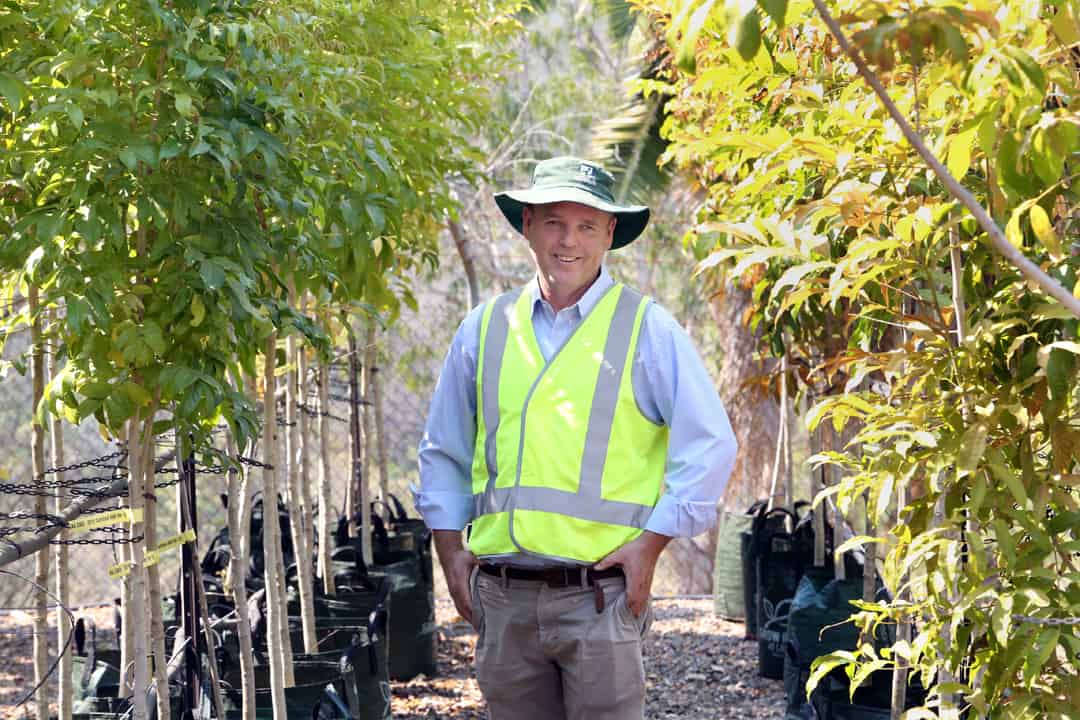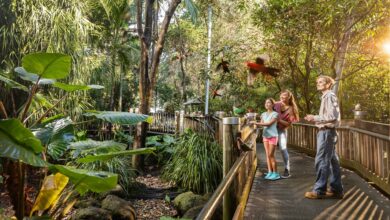
James Hilyard is Ipswich City Council’s Infrastructure and Environment Department, City Maintenance manager.
James is a horticulturalist, arborist and holds a master’s degree in sustainability.
In this month’s column, James talks about native bees and why they are great for your garden.
When you think of a bee, it is probably the beloved fuzzy yellow kind.
But can you picture a native Australian bee?
There are many reason why I want you to get to know our native bees a bit more.
There are about 2,000 species in Australia and they are also great pollinators.
Some will only tend to particular native plants so without them the natural ecosystem would be in danger.
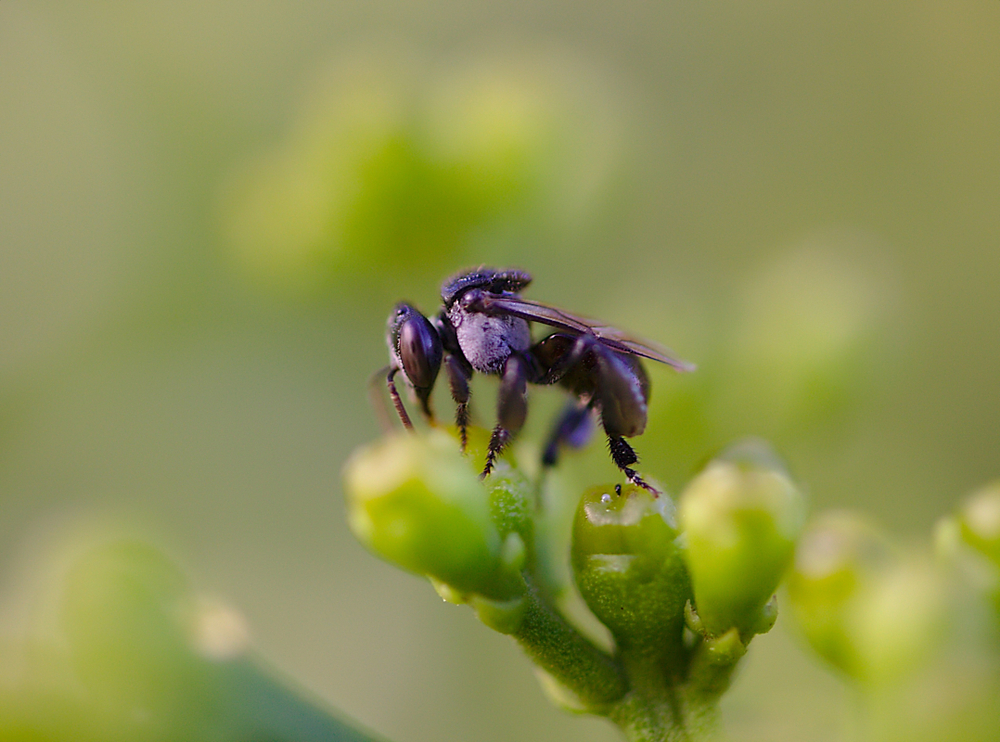
Here in Ipswich we even have species of native bees, or sugar bag bees, which do not sting.
They are small dark coloured bees, about 4mm in length, with whitish hairs on the side of the thorax called Trigona carbonaria.
They like to nest in hollow tree trunks, branches, logs and in the crevices of rocks.
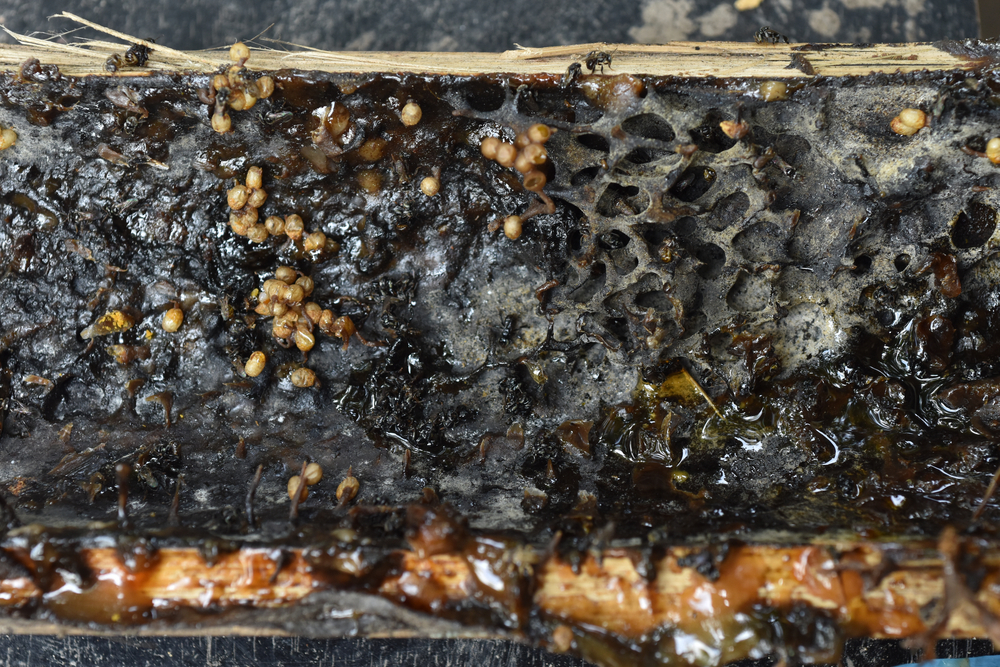
They produce sugarbag honey, a highly prized food of Aboriginal people who gathered it from wild nests.
Each hive only produces less than 1kg of this special honey each year.
Stingless bees are great visitors to have around the garden as they are fantastic pollinators of mangoes, macadamias, and watermelons.
They may also be a great help to your strawberries, citrus fruit and avocados.
There is great commercial potential for farmers, orchardists and market gardeners to increase their yields by introducing native bees to their crops and greenhouses and trials are being done to see if this is viable.
There are a few types of native bee that ‘buzz pollinate’ this is a method where the bee enters deep into the flower and activates its flight wings causing pollen to shower all over them.
They then move on to the next flower transferring pollen in the process.
The honey bee collects pollen by storing it on its legs and is a much more efficient collector of pollen but a much less efficient pollinator.
Did you know that honey bees collect about 90 per cent of available pollen and nectar but only pollinate about 5 per cent of plants?
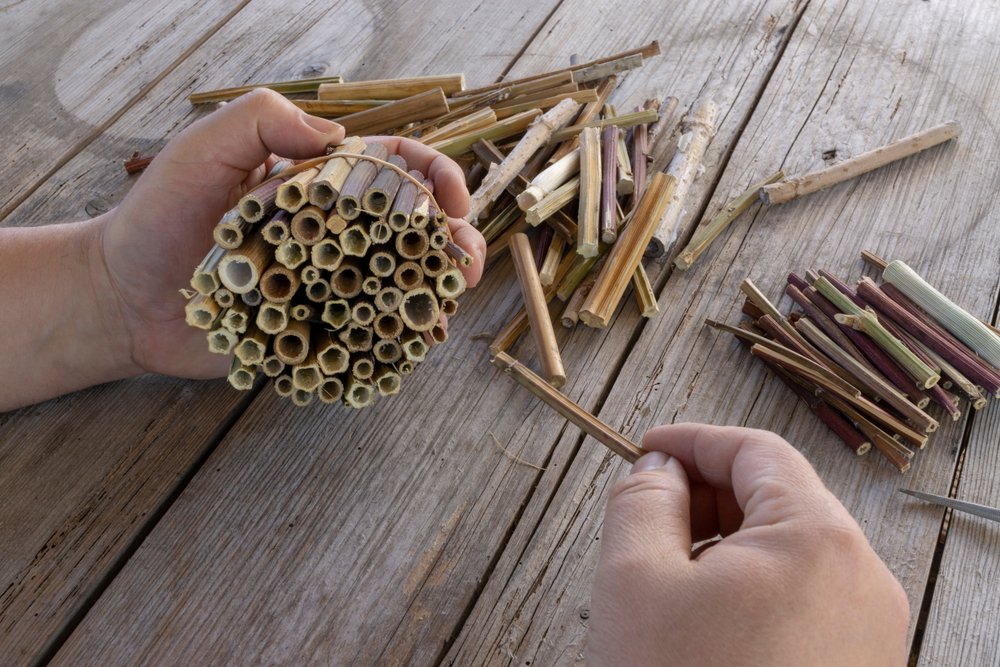
Like honey bees, they can be domesticated in artificial hives.
You may have seen ‘bee hotels’ in garden centres in recent times.
Generally they are made from a block of wood with holes in it or tightly wrapped collections of hollow reeds or bamboo.
I recently bought one of these and some local bees have already covered over the little holes as their larvae grow inside.
I am hopeful they are native bees, but I’ll have to wait and see.
You too can be a friend to native bees and the environment around us by providing habitat in your garden, planting native bee-friendly plants like Bottlebrush and Eucalyptus and by reducing or eliminating pesticides in your garden.

